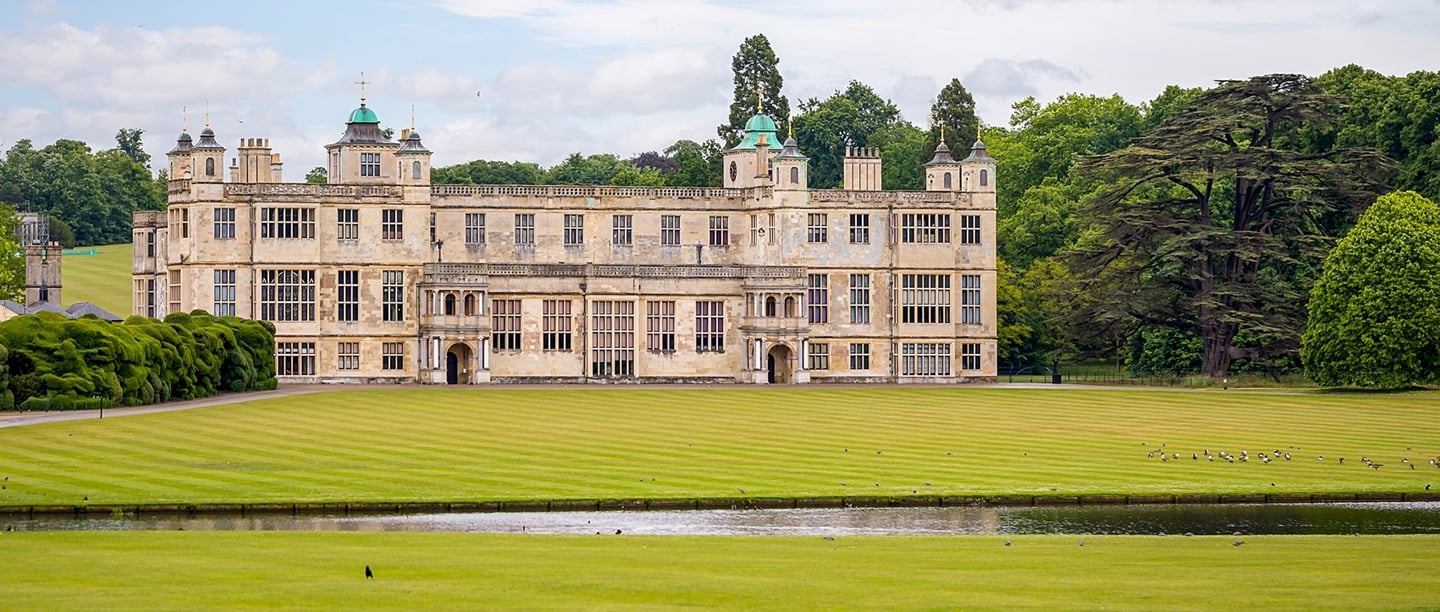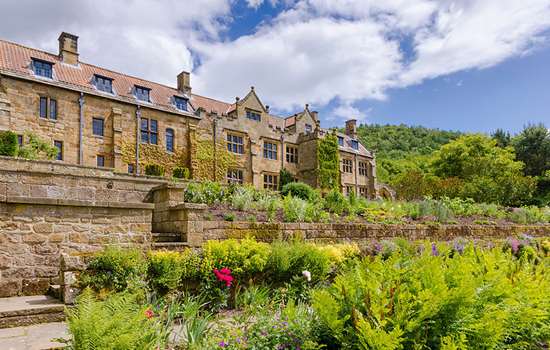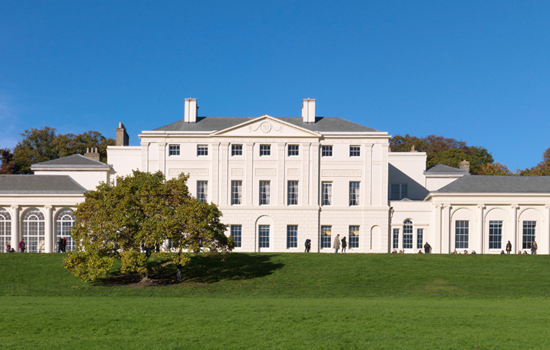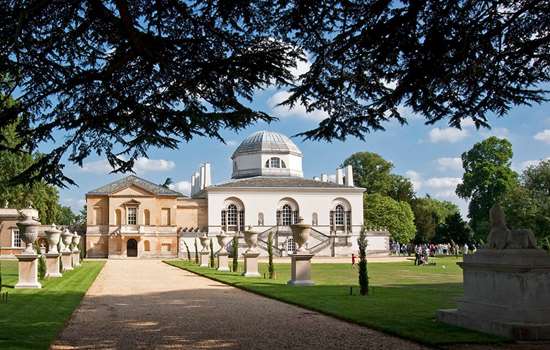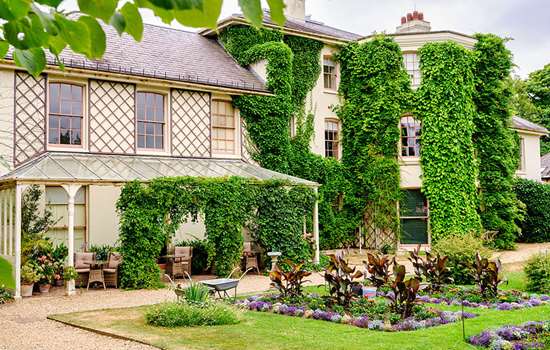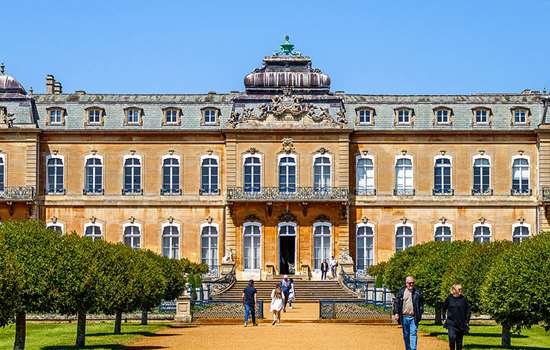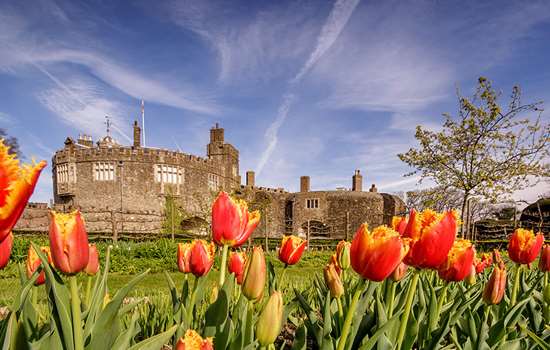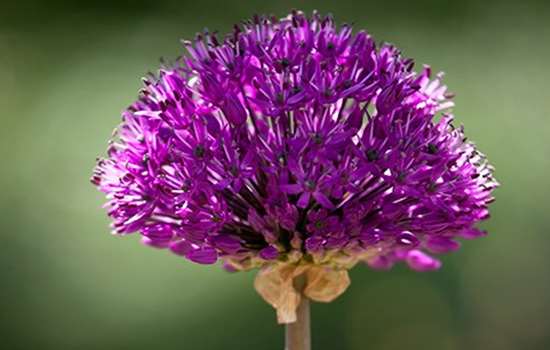Capability Brown
Any list of noted historical horticulturalists has to begin with Lancelot 'Capability' Brown. The 18th century designer is credited with masterminding more than 250 landscapes, coming to characterise the English country estate. Brown worked on 'place-making' for countless clients, including at Wrest Park in Bedfordshire and Audley End House in Essex. By the 1760s, Brown had come to be known as 'Capability', as he often spoke of the 'capabilities' of a prospective property. Those capabilities remain apparent to visitors today.
Brown's account book from 1764 shows an annual gross income of about £6,000 — a very large sum for that time, reflecting the demand and the respect for his work. At Audley End House, he was commissioned by Sir John Griffin Griffin for works that included widening the River Cam as it runs through the grounds, creating the appearance of a lake which is still seen today. Here, Brown's work complements additions by the famed architect Robert Adam, including a remodelled bridge over the water.
Brown at Audley EndGertrude Jekyll
Gertrude Jekyll created more than 400 gardens in Britain, Europe and North America in her extensive career. Jekyll was among the most influential advocates for the Arts and Crafts style of garden design, mixing traditional formal elements with more 'natural' features. Jekyll's designs make use of colour and texture, said to be inspired by her other career as an impressionist painter and watercolourist. She met the architect Edwin Lutyens at a tea party in 1889, forming a renowned 'perfect partnership.'
Jekyll designed her own garden at Munstead Wood in Surrey as well as the Manor House at Upton Grey. Her influence can be seen in the gardens of Mount Grace Priory, whose rich planting and layouts by contemporary garden designer Chris Beardshaw typify the Arts and Crafts movement. The striking Broadwalk at Walmer Castle was also replanted in a 'looser' style in modern times, using a colour scheme inspired by Gertrude's work.
Jekyll and Beardshaw at Mount Grace PrioryHumphry Repton
Comparably prolific to Capability Brown, the great landscape gardener Humphry Repton is credited with creating around 400 designs in his working life. A follower of Brown, Repton lived and worked later and adapted his approach to meet the changing fashions of the early 19th century. He was also something of a Renaissance man — starting out as a merchant, later a writer of several books on landscape design and a skilled painter. He used his artistic ability for his horticultural work, providing clients with 'Red Books' containing detailed and romanticised sketches of finished landscapes.
In 1793, Repton was employed by the 2nd Earl of Mansfield to remodel the grounds at Kenwood. Repton introduced a series of meandering paths that would show off the large estate of the Georgian Neoclassical house, as well as tree groves to break up the wide open spaces and a lawn to the west of the house with intricate flower garden. While not all of Repton's proposals were taken forward, several of his features can still be seen today.
Repton at KenwoodFanny Wilkinson
Britain's first female professional landscape gardener, Fanny Wilkinson is best known for the designs of countless parks and public spaces across London. After training as the first female pupil of the School of Gardening at the Crystal Palace in Sydenham, she went on to join the Council of the Kyrle Society in 1881 and was elected honorary landscape gardener to the Metropolitan Public Gardens Association which formed in 1882 to provide "to the people gardens, and to the children playgrounds."
Wilkinson is estimated to have laid out more than 75 public gardens with the MPGA. She was also an activist and political campaigner and advocated for the professionalisation of women's work, once saying: "I certainly do not let myself be underpaid [...] I know my profession and charge accordingly, as all women should do."
In 1902, Wilkinson became another female first as principal of Swanley Horticultural College in Kent. She retired to Suffolk and bred prize-winning goats. The building on Shaftesbury Avenue where she lived — likely with her three sisters — is home to a London Blue Plaque.
Wilkinson's Blue PlaqueWilliam Kent
A landscape designer, architect, painter and furniture designer, William Kent was no horticulturalist, but revolutionised estates with new garden design ideas in the 1730s. Richard Boyle, 3rd Earl of Burlington, employed Kent to remodel the grounds of Chiswick House in London.
At Chiswick, the designer showcased his new 'natural' style, probably for the first time, softening the boundaries between the formal 'compartments' of old to create more open, organic space. Today, Chiswick is noted for this hybrid style that sits between the preceding formality and the more full naturalism that would follow with Capability Brown.
History of Chiswick HouseCharles Darwin
Though not known primarily as a gardener, the naturalist's study of plant life involved spending a lot of time in his beloved garden at the Darwins' family home in Kent. At Down House, Darwin spent many an hour collecting samples, studying the exotic varieties he cultivated there and ambling on his 'thinking path.' The Darwin children would climb from their bedroom window in the house and down the trunk of the mulberry tree to join their father at his work — a tree that produces mulberries each summer to this day.
Darwin's 'living laboratory', the garden at Down House was pivotal to his work and his theory of natural selection outlined in On the Origin of Species. He grew many climbing plants on the verandah such as wisteria, ivy and clematis in order to study their different climbing mechanisms. He also established 'experimental beds' in his kitchen garden, where he identified the differing stamens and pistils of 'male' and 'female' plants.
Darwin at Down HouseDig deeper
-
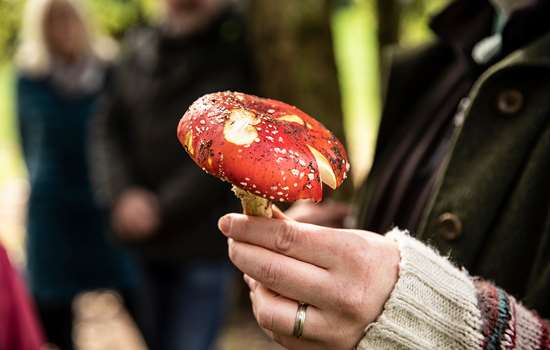
Unusual Autumn Gardens
From flowers that only blossom in the evening to plants that were once cultivated for their healing properties, take a look at some unusual garden finds.
-
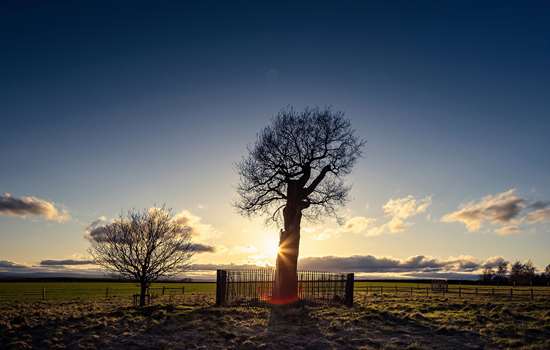
Eleven iconic trees to see this autumn
We look after thousands of trees in the landscapes we care for but only a few of these trees stand out as being iconic, either for their age, size, or connections with historic people or events.
-
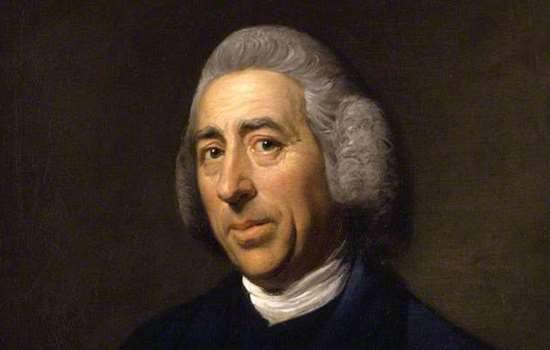
HISTORY'S 'CELEBRITY' GARDENERS
Long before Monty Don, England’s finest garden and landscape designers were in high demand. Here’s our who’s-who of English history’s most illustrious gardeners.
-
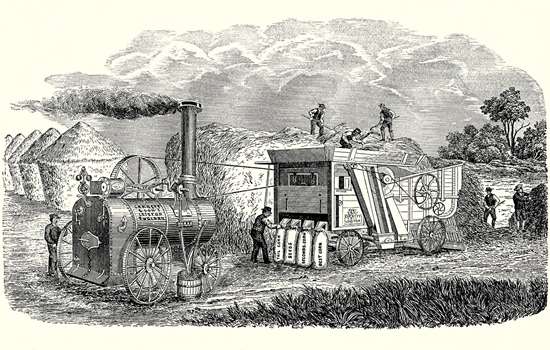
Historical autumn traditions
Long before the leaves turn, we all prepare for the autumn in different ways. Professor Ronald Hutton explains the origins of four autumnal traditions, from fire to feasting.
